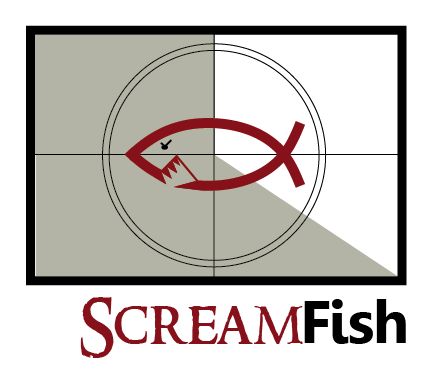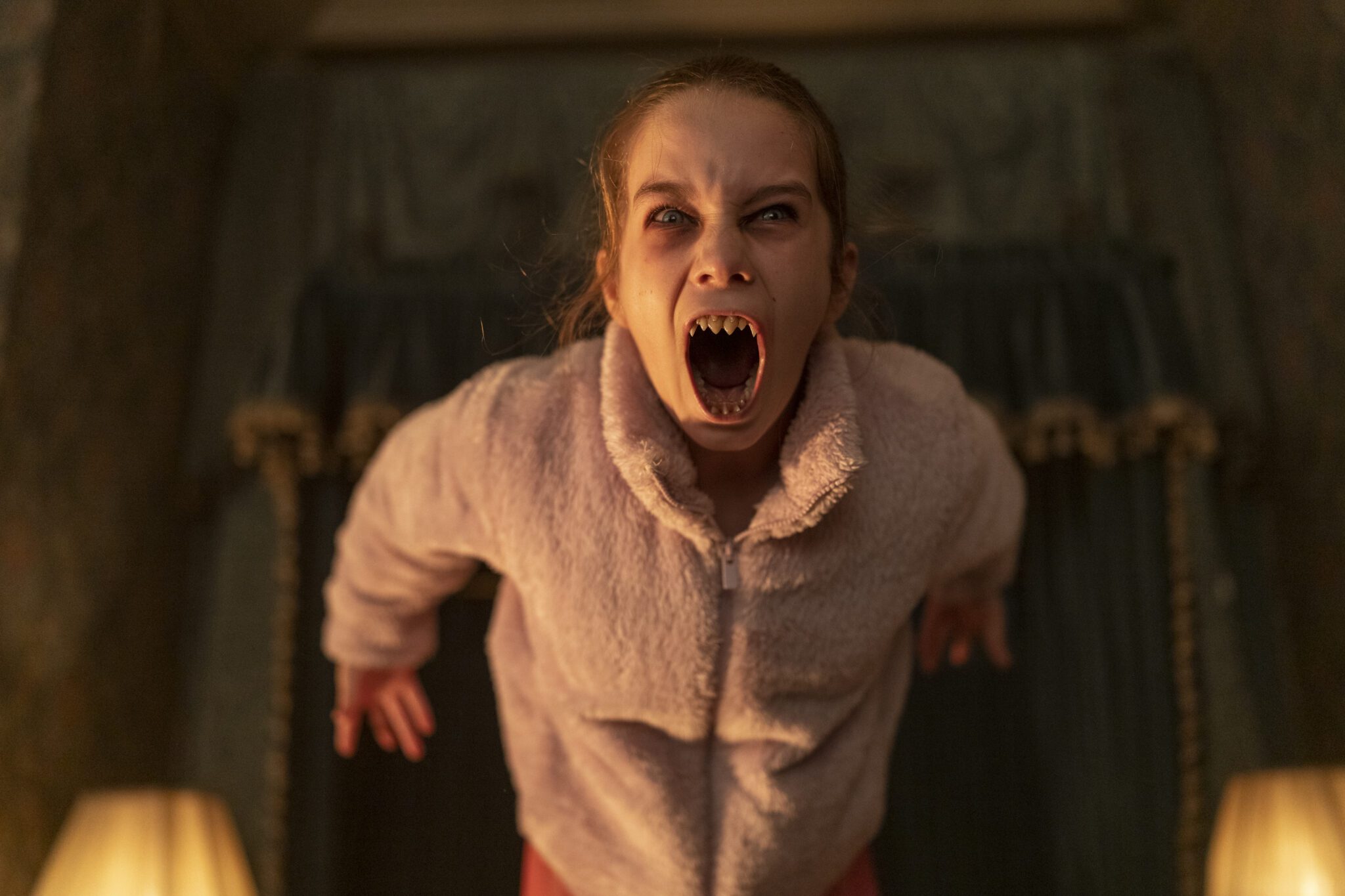 Once upon a time there was a very gentle man with a very gentle smile and a very gentle voice who spent a lifetime telling terrifying stories of very violent men who liked to do very violent things to teenagers.
Once upon a time there was a very gentle man with a very gentle smile and a very gentle voice who spent a lifetime telling terrifying stories of very violent men who liked to do very violent things to teenagers.
And though he sometimes questioned why he told such stories (persisting because hardly anyone would listen to any of his other tales) he was very, very good at it. And so, though he was a student of philosophy and religion and art, he will always be remembered as an author–a maestro–of horror.
That gentle gentleman was named Wes Craven and for more than forty years, he was brilliant enough to write and direct the stories he wanted to tell by cloaking them in the garb Hollywood clamored for. He began it all with his first, perhaps most realistically, disturbing film, The Last House On the Left. Written and directed by Craven, it served as satirical postmodern commentary on coming of age, teen rebellion and parental control, responsibility and loyalty. And it used rape, murder and torture as brutal, but convicting plot devices.
Raw, grimy and visceral, Last House left audiences feeling like a shower still wouldn?t wash the previous two hours away. It felt like a story straight off the evening news; it felt real. It was hard to watch, but audiences couldn?t get enough of it, perpetuating its lifespan in back-alley theaters and midnight movie houses for decades to come.
Afterward, Craven reportedly tried to shy away from the genre, but was unable to find work elsewhere. He returned to the genre with a vengeance five years later with The Hills Have Eyes, another gut-churning story about an unsuspecting, stranded family beset upon by a murderous band of mutated desert dwellers. The deformed, psychotic humanoids were the product of radiation fallout testing?Craven?s stylized snub at the Fed?s unending charge to remain the most heavily-armed superpower on the map, and the crippling toll of that quest.
In 1984, he brought his trademark creation, Freddy Krueger, to life in the classic A Nightmare on Elm Street. Craven revisited teen turmoil, but this time left it at the mercy of a phantasmic killer who stole even the sanctity of dreams. Freddy was unlike anything the big screen had seen (scene?): vicious yet humorous, evil yet endearing. It was a fresh, creative bend on the genre that would evolve into five sequels (none, helmed by Craven), the springboard for a television show (Freddy?s Nightmares), a limitless supply of Halloween costumes and paraphernalia, untold appearances across nearly all pop culture platforms and worldwide recognition.
Craven would later go on to once again redefine horror with his ultra-successful Scream series (1996-2011) in which he poked his finger in the eye of?what else??horror films. Scream challenged all the clich?d, stereotypical plots and tropes of the genre, then re-wrote the book on how to do them right. Twenty years after the maiden film in the franchise, Craven brought a weekly show based upon the original concept to MTV.
Along the way, he dabbled with direction on other terrifying tales including The Serpent and the Rainbow (1988), Shocker (1989) and The People Under the Stairs (1990).
There has been no other horror director who can match his longevity, diversity and creativity. His films were the springboard for a number of future stars, most notably Johnny Depp, Bruce Willis, Sharon Stone and Hayden Pannetierre. He redefined what horror could be and inspired an entire new generation of frightful filmmakers.
Sadly, Wes Craven passed away last week at the age of 76. He died on August 30 after a valiant fight against brain cancer, an enemy more vile than any of the monsters he created. He is survived by his wife, sister, son, daughter, stepdaughter, three grandchildren and millions of adoring fans.
His contributions to horror and modern filmmaking will be remembered for years to come. He leaves behind a legacy of vision and creativity that has touched millions.
May he rest in peace.



